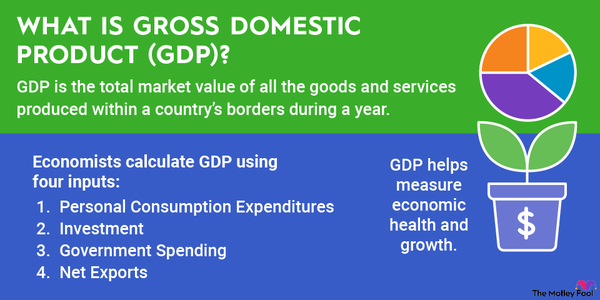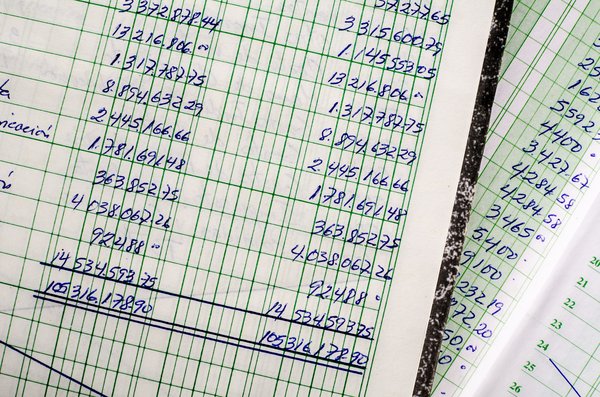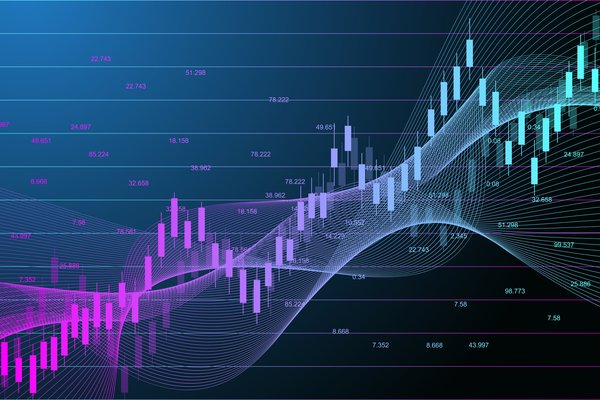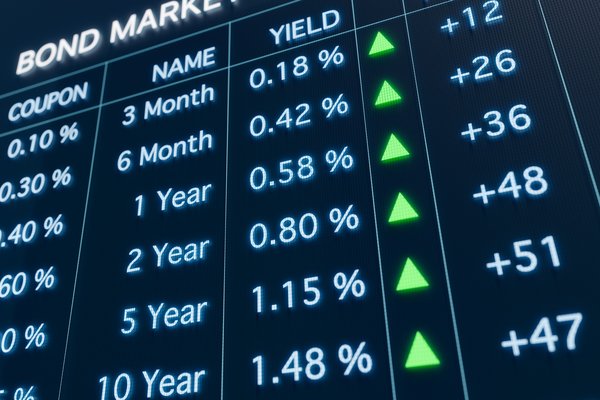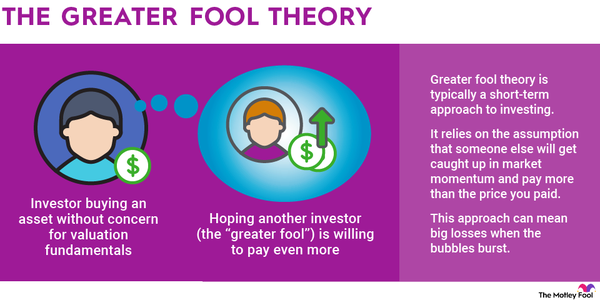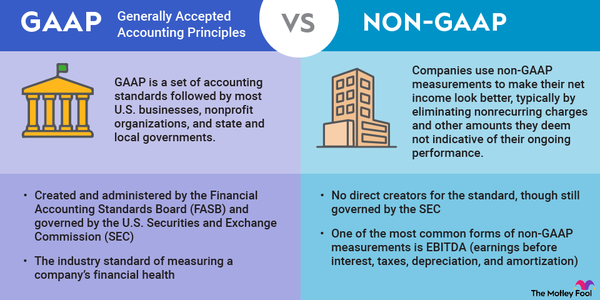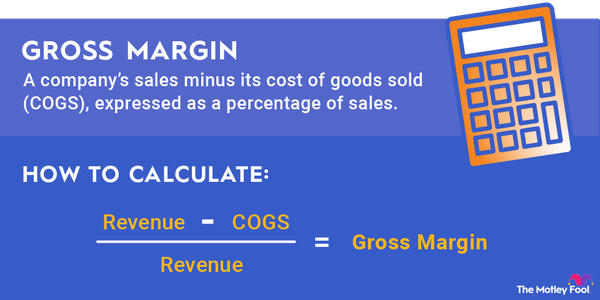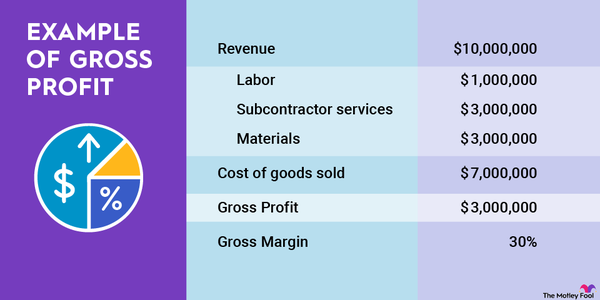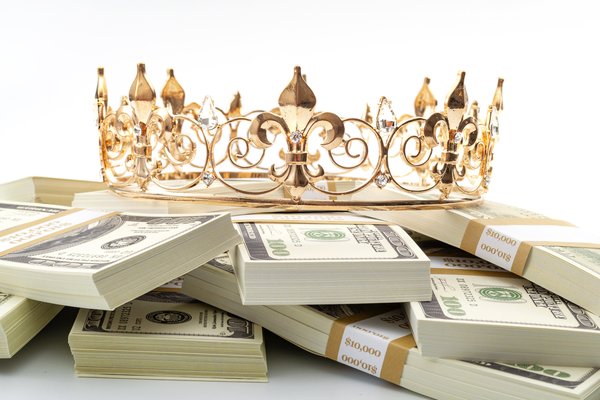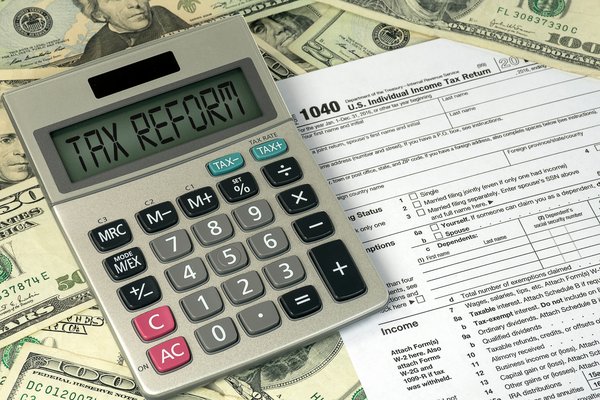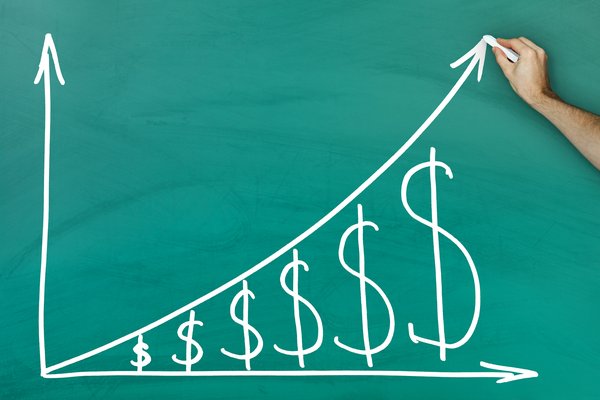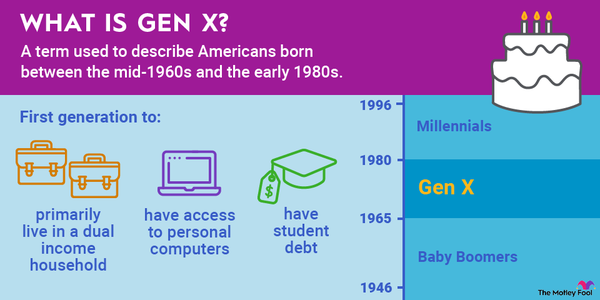Money may be a simple concept on some levels, but defining it isn't always so easy.
That's where the gold standard came in. For years, the gold standard was a fundamental rule of finance and macroeconomics in the U.S., Europe, and other parts of the world, attaching the value of the currency of any nation that adopted the gold standard to the value of gold.
There are pros and cons to the gold standard, and it's a concept worth understanding, especially if you're interested in gold, the history of finance, or cryptocurrency.

Definition
What is the gold standard, exactly?
The gold standard is a monetary standard by which a national currency is tied to the value of gold at a fixed rate, making the currency redeemable for gold.
The 1944 Bretton Woods agreement set the value of gold at $35/ounce, meaning that a dollar would have been redeemable for 1/35th of an ounce of gold. The agreement also fixed the value of other currencies to gold, meaning that currency exchange rates also were fixed.
Currently, there are no countries on the gold standard, so exchange rates between currencies can float.
Advantages
Advantages of the gold standard
The gold standard has a number of advantages and benefits.
The greatest reason why it was once widely adopted is because it guarded against inflation and expansion of the money supply. If the value of a dollar, for example, is exchangeable for a set amount of gold, then the government will want to ensure that the national currency maintains its value. Since gold's scarcity has made it a form of currency for millennia, tying it to the value of easily printable paper currency makes sense.
In addition to limiting inflation, the gold standard ensures that a national currency is stable and trustworthy. A gold standard can also help a country avoid the currency crises and devaluations plaguing countries like Argentina.
The gold standard can also make it harder for a company to borrow money and take on debt, which could be seen as an advantage or disadvantage, depending on whether you value stability or flexibility in monetary policy.
Why it ended
Why did the gold standard end?
President Franklin Roosevelt took the U.S. off the gold standard in 1933 during the Great Depression, which gave the U.S. more financial flexibility. The U.S. returned to the gold standard in 1944 at the Bretton Woods conference.
President Richard Nixon ended the gold standard in 1971, switching to a fiat money system, which still persists today. In a fiat system, money is assumed to have value because it is backed by the government.
Economists don't fully agree on the pros and cons of the gold standard but agree it is not a perfect system. The supply of gold isn't permanently fixed since it can be mined, and some countries have more gold deposits than others.
A gold standard also does not guarantee economic stability either; the U.S.'s plunge in the Great Depression indicated it couldn't overcome poor fiscal policy. Roosevelt took the country off the gold standard in 1933 because Americans were holding gold and were afraid to deposit their money in banks.
Related investing topics
The last gold standard
The last gold standard
The last gold standard was set at the Bretton Woods conference in 1944, which also created the International Monetary Fund and The World Bank while setting the broader postwar standard for international financial relations.
Forty-four nations at the conference adopted the gold standard, believing that it would create exchange rate stability, prevent devaluations of currencies, and help drive economic growth.
By 1971, the U.S. was struggling to maintain the proper supply of dollars to adhere to the gold standard. It also faced deficits that led to foreign-held dollars that exceeded the U.S.'s own supply of gold, meaning it could not redeem dollars for gold if the international supply had been called.
As a result, Richard Nixon ended the dollar's convertibility to gold, effectively ending the gold standard. At this point, it seems unlikely to return since most countries prefer to give central banks control of the money supply and monetary system.
